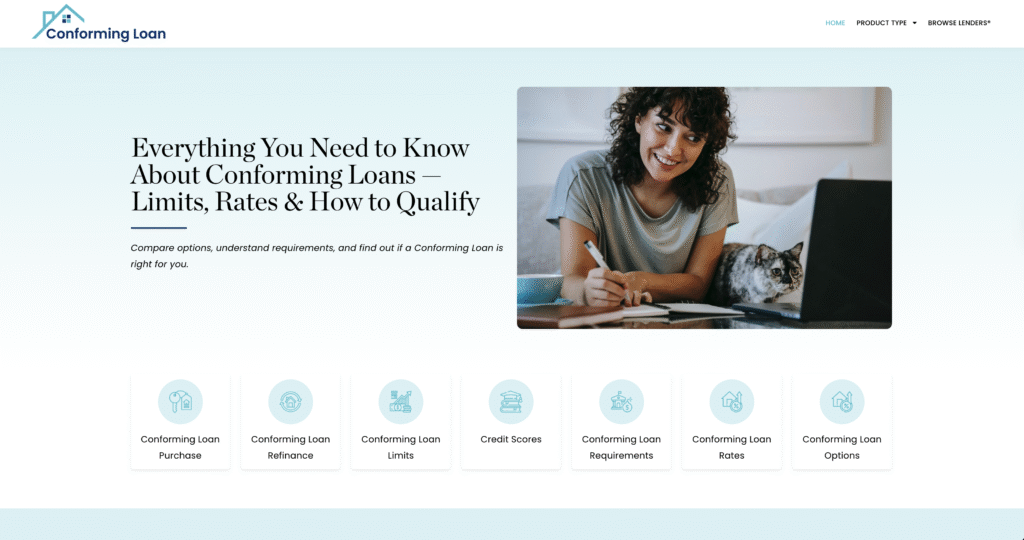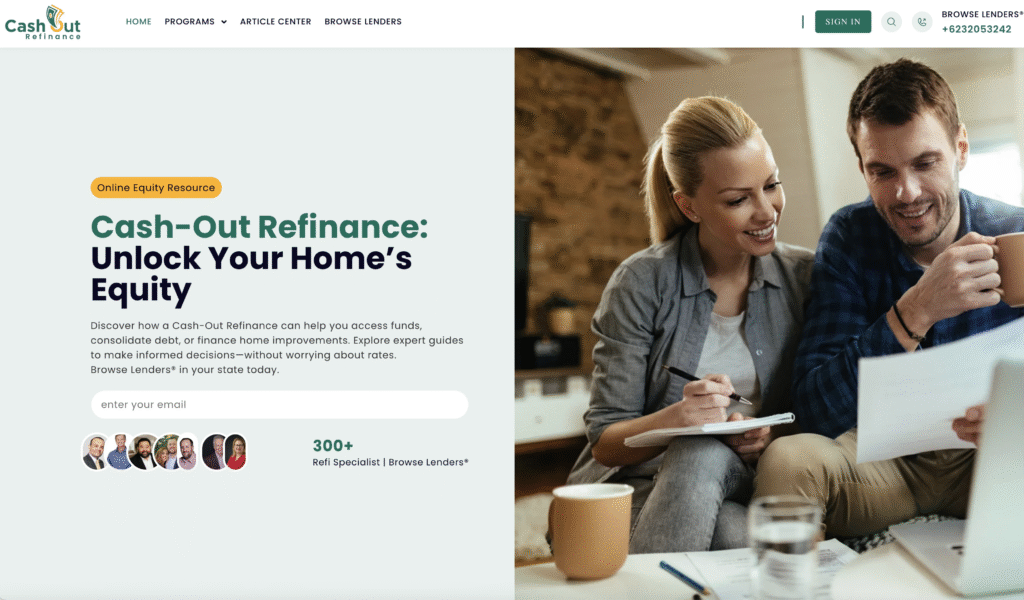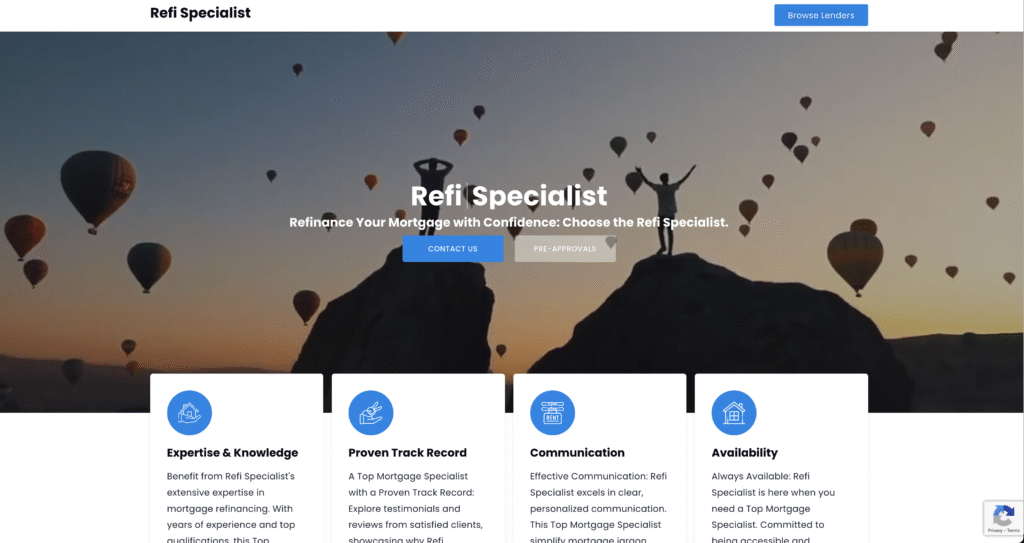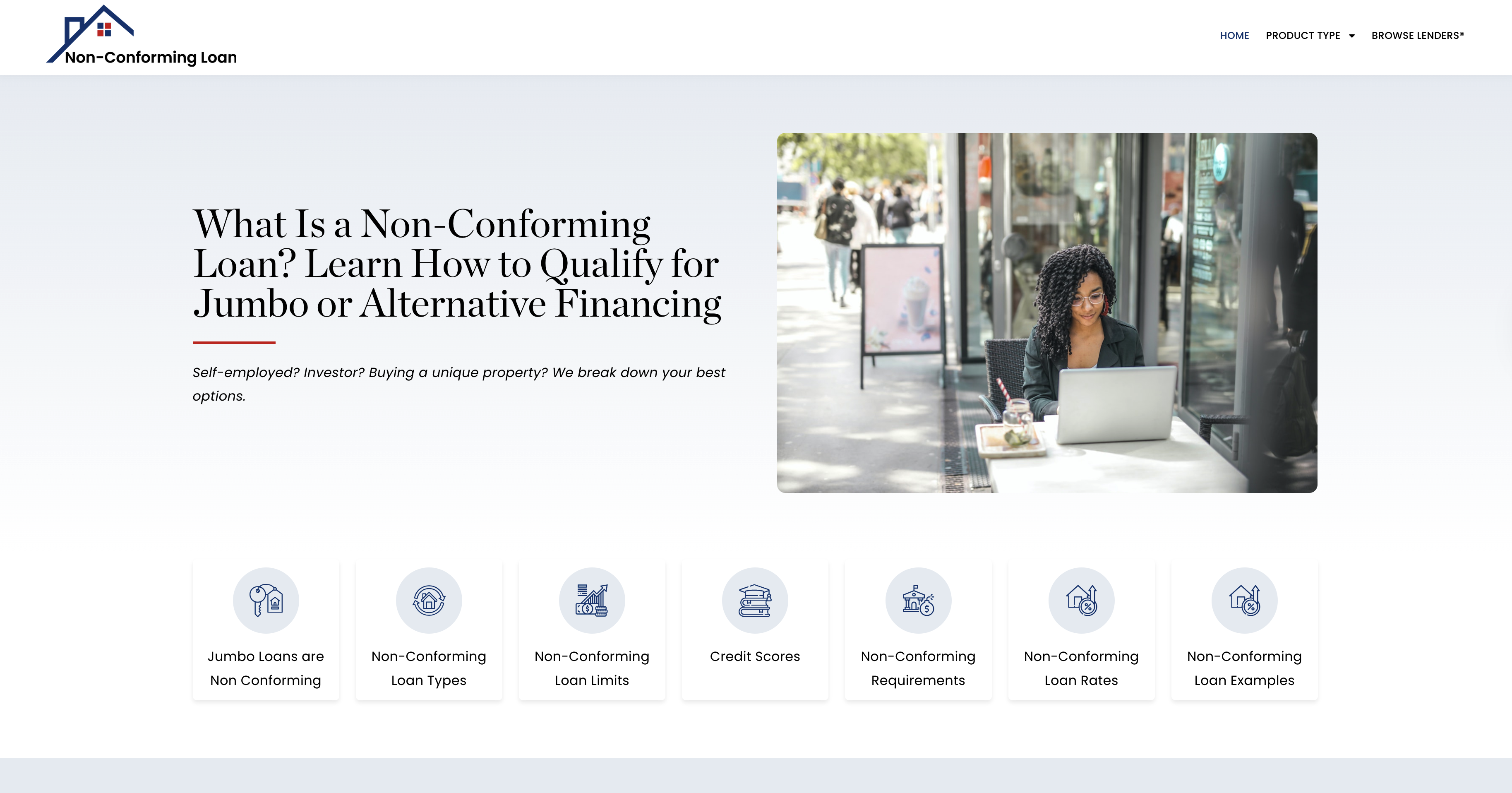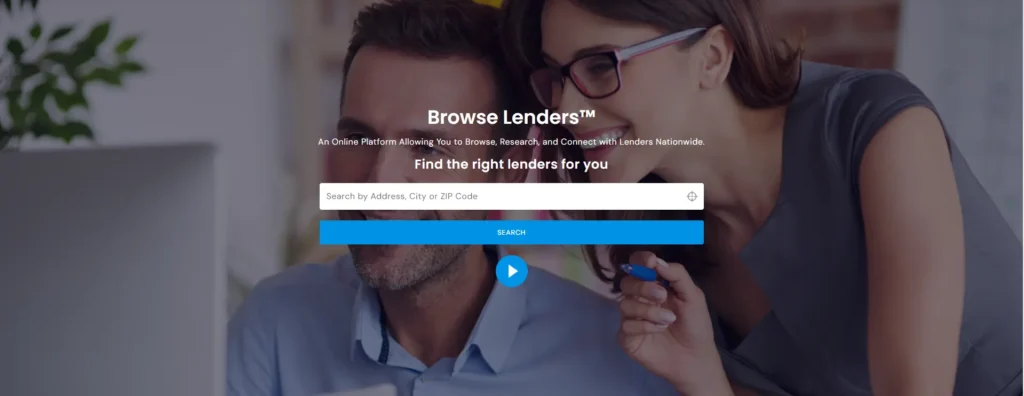Case Study: Overcoming Bankruptcy—How One Homebuyer Qualified for a Mortgage in Just 18 Months
When Lisa Bennett filed for Chapter 7 bankruptcy at the age of 33, she never thought she’d be a homeowner again—let alone within two years. After losing her job during an unexpected round of corporate layoffs, followed by a medical emergency that drained her savings, Lisa found herself overwhelmed by credit card debt and unable to make ends meet. Filing for bankruptcy felt like rock bottom, but it also marked a turning point.
Eighteen months later, Lisa closed on a charming two-bedroom townhome with a backyard garden she had dreamed of owning for years. This is her story of rebuilding credit, regaining confidence, and qualifying for a mortgage after bankruptcy.
Initial Challenges:
- Filed Chapter 7 bankruptcy due to loss of employment and medical debt
- Middle Credit Score® dropped to 520 immediately post-discharge
- Only one open tradeline remaining—an old auto loan with one late payment
- Savings depleted; no current access to revolving credit
Bankruptcy, while often seen as a last resort, gave Lisa something she hadn’t had in years: a fresh start. But it also came with emotional and psychological baggage. She struggled with shame, fear of judgment, and uncertainty about whether lenders would ever trust her again. However, she made a promise to herself—this was going to be the last time she allowed debt to control her life.
Step-by-Step Recovery Strategy:
- Month 1-2: Lisa enrolled in a financial literacy course and pulled all three of her credit reports. She reviewed each account line-by-line and found multiple accounts listed with incorrect balances and statuses. She disputed these inaccuracies through each credit bureau. While this step took time, it was empowering. For the first time, she understood the mechanics of her credit profile and realized that proactive steps could improve her future.
- Month 3: She opened a secured credit card with a $300 limit through a local credit union and began using it for groceries and gas only, paying the balance in full each month. This single step began to establish a new, positive credit history that would later become the cornerstone of her credit recovery.
- Month 4-6: Lisa focused on stabilizing her income. She secured a new full-time job and began contributing $200/month to a savings account. She also joined a credit-builder loan program through an online fintech platform that reported payments to all three credit bureaus. These payments were small but meaningful, and they reinforced the financial discipline she was working so hard to cultivate.
- Month 7: She followed a strict zero-based budget, allocating every dollar of income. She eliminated unnecessary subscriptions, cooked meals at home, and tracked every transaction using a budgeting app. This structure helped her feel in control and allowed her to track progress clearly.
- Month 8-10: Lisa’s Middle Credit Score® rose to 600. She applied for a second secured card, expanding her available credit. By keeping her utilization under 10%, she maximized her score growth. Each billing cycle, she used less than $30 on each card and paid the balance before the statement cut date.
- Month 11-13: With positive payment history and low utilization, her score crossed 620. She met with a housing counselor to map out a realistic homebuying plan and was pre-qualified for an FHA loan, contingent on maintaining her financial habits. The counselor helped her review different loan products, interest rates, and even forecasted what her mortgage payment would be at various price points.
- Month 14-16: Lisa received a small tax refund and used it to pay off remaining medical debt from before her bankruptcy. Her debt-to-income ratio dropped significantly, and her savings reached three months of emergency reserves. She also began tracking her net worth for the first time, which gave her a new sense of long-term motivation.
- Month 17-18: Her Middle Credit Score® reached 644, meeting the threshold for FHA approval. She began house hunting with a trusted Realtor and closed on her new home with 3.5% down and no co-signer needed. She negotiated seller-paid closing costs and took advantage of a state-funded homebuyer program that gave her a $5,000 grant toward her down payment.
Visual Timeline: Lisa Bennett’s 18-Month Bankruptcy Recovery Journey
To help visualize Lisa’s structured path from bankruptcy to homeownership, here is a timeline that outlines the exact actions she took month-by-month:
| Month | Action Taken | Impact |
|---|---|---|
| Months 1–2 | Enrolled in a financial literacy course; pulled and reviewed all credit reports | Identified reporting errors; filed disputes; established awareness of credit profile |
| Month 3 | Opened a $300 secured credit card | Began rebuilding credit with a new positive trade line |
| Months 4–6 | Secured full-time employment; started saving $200/month; joined credit-builder loan | Stabilized income; initiated credit mix diversification; began establishing savings habit |
| Month 7 | Implemented zero-based budgeting; eliminated nonessential expenses | Gained full financial visibility; improved spending habits |
| Months 8–10 | Score rose to 600; opened second secured card; kept utilization below 10% | Expanded credit access; demonstrated credit utilization discipline |
| Months 11–13 | Reached 620 score; met with housing counselor; pre-qualified for FHA mortgage | Gained strategic guidance; validated eligibility pathway |
| Months 14–16 | Used tax refund to pay off remaining medical debt; built 3-month emergency fund | Reduced DTI; boosted financial stability; improved lender profile |
| Months 17–18 | Score hit 644; house hunted with Realtor; received $5,000 grant; closed on home | Qualified for loan; purchased property; achieved financial recovery milestone |
Final Outcome:
- Purchased a two-bedroom, two-bathroom townhome for $218,000
- Secured a 30-year fixed FHA mortgage at 6.125% interest
- Down payment partially covered by a first-time homebuyer grant
- Monthly mortgage payment was $170 less than her previous rent
This wasn’t just a win for Lisa—it was a turning point. With her new home, she gained financial stability, equity, and peace of mind. The space represented more than shelter—it was a symbol of everything she had overcome. Her townhome even came with a small backyard where she planted a vegetable garden—a long-held dream from her childhood.
Post-Purchase Lifestyle Adjustments:
- Continued using the envelope budgeting method to manage expenses
- Added $100/month to an automatic maintenance savings fund for home repairs
- Began mentoring others at her local community center on budgeting and credit recovery
- Upgraded her budgeting software to track home-related expenses and equity growth
- Established automatic contributions to a retirement account, something she hadn’t done in years
- Started a “home improvement wishlist” tied to financial milestones—each project was only greenlit if she hit a savings or credit goal
Lisa didn’t stop improving just because she got the keys. If anything, she became more focused. She viewed her home as a business—tracking expenses, reviewing insurance annually, and preparing for long-term maintenance.
Key Lessons from Lisa’s Journey:
- Bankruptcy is a tool for recovery, not a permanent sentence. It offered her clarity and a clean slate.
- Credit rebuilding begins with education, consistency, and accountability. Lisa didn’t just pay bills—she learned how the system worked.
- Even with a low starting score, strategic use of secured credit can yield rapid results. A few well-timed, low-limit cards made a major difference.
- Staying under 10% utilization and making on-time payments are critical. Credit scores favor low risk.
- Housing counselors and nonprofit financial programs offer priceless guidance. Having a coach changed her perspective.
- Rebuilding is emotional as well as financial. Lisa practiced mindfulness and journaling to track her emotional growth along the way.
- Measuring progress helped maintain momentum. Seeing her credit scores rise month to month was more powerful than any pep talk.
Quote from Lisa:
“Bankruptcy felt like the end—but it gave me a clean slate. What I did with that second chance changed everything. I didn’t just fix my credit—I rebuilt my confidence.”
Lisa’s story illustrates that even after serious financial setbacks, disciplined action can lead to homeownership—and a brighter financial future. Today, Lisa is helping others do the same. She volunteers with a local housing nonprofit once a month, shares her credit recovery story at financial literacy events, and is planning to launch a blog about her experience.
Middle Credit Score® Support Center
Browse Lenders® – Speak with a Lending Expert


